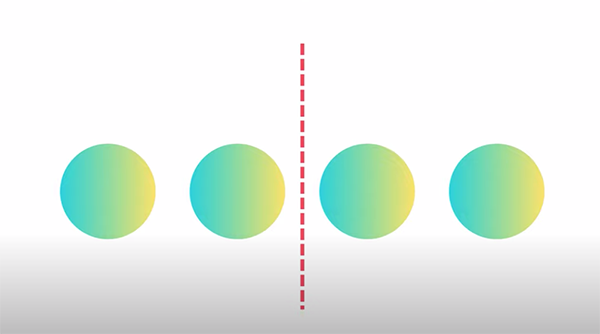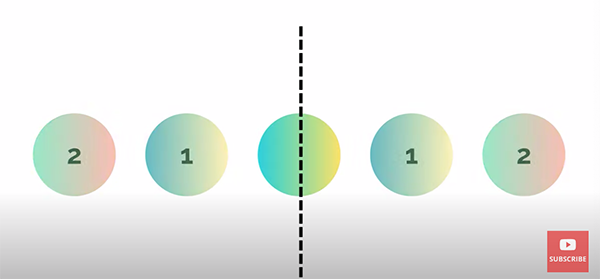Rule of Odds Beats the Rule of Thirds for Nature & Wildlife Photography (VIDEO)
We all learn a bunch of “essential” photography rules when first starting out, and even more as we continue to expand our skills. One of the most familiar is the Rules of Thirds. Today you’ll learn how to use the less familiar Rule of Odds, that can be even more beneficial when shooting wildlife and nature images.
Instructor Waseh Ahmad is a budding pro, specializing in nature and urban photography who regularly posts straightforward tutorials as he pursues his craft. In this episode he demonstrates the power of composing scenes with odd-numbered elements in the frame.
Ahmad provides a simple explanation for this oft-ignored guideline, explains how to use it for more compelling photos He also discusses situations in which you should break the rule. In basic terms, the Rule of Odds can improve composition by breaking up the symmetry of a shot, thereby adding interest and eye-catching graphic tension.

He illustrates the concept with four circles in a straight line and divides the graphic down the middle with two circles on either side of center. Ahmad explains that with this type of composition, “there’s no place where the attention will be drawn.” But when you add a fifth circle in the middle the image retains a form of symmetry, but now the eye has a place to go.
Now that you understand why odd-numbered elements can draw attention to a specific subject, Ahmad has several nuances to impart for using this rule in practical ways when shooting in the field. One key point is that the concept of oddness is has to do with human perception, and you don’t always need an uneven number of objects to make the rule work, depending upon how the objects are grouped
One good example is a group of several people tightly clustered together with other elements elsewhere in the frame. In this case, the tightly packed group is actually perceived as a single element among the others. Ahmad then provides several of his photos to illustrate how this works.

Another way to employ this effective guideline is to use strong variations in brightness or contrasting colors as “elements” within a scene, rather than actual physical physical objects like people, animals, or trees, to create an odd-numbered arrangement that grabs attention.
Waseh has a few other suggestions for employing the Rules of Odds, and when you try this approach you may be surprised how effective it is. You can find more helpful tips and tricks by visiting his interesting YouTube channel.
We also suggest watching the tutorial we posed earlier from another successful outdoor photographer, explaining several ommon landscape photo mistakes and how to avoid them.




